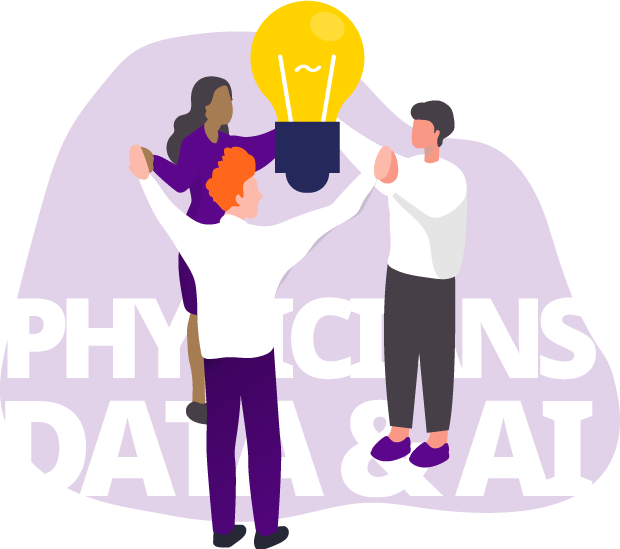Personalized medicine
Traditional medicine is focused on making diagnosis-oriented suggestions for appropriate therapy. Modernization of diagnostic procedures has already given rise in recent years to a new form of medicine based on the characteristics of the individual person. These may include age, general condition, or family history [1]. Genetic, cellular and molecular characteristics, in particular, will play an even greater role, supported by new diagnostic procedures. This is used, for example, in breast cancer therapy: A Her2/neu surface receptor on the cancer cells was long seen as a negative prognostic factor. With the approval of the effective monoclonal antibody trastuzumab, which uses this docking option, breast carcinomas with this feature can now be treated even better [2].
In Germany, 98 drugs are currently approved for personalized therapy. In addition to the presence of surface receptors, specific therapy is based on the presence of defined mutations, which must be verified in advance with the aid of novel genetic diagnostics [3].
Gender medicine
However, targeted therapy and diagnostics already start with the gender of the person, which should not be understood as two opposite poles, but rather as a continuum. Because, as gender research agrees, gender is not based solely on the combination of sex chromosomes, but also on gonadal, genital, mental and social sex[4]. A differential approach is important because these are not necessarily congruent. For example, heritable androgen resistance may result in a female external appearance in affected individuals, despite a male genotype (XY). In the case of complete resistance, a blind-ending vagina is seen with testes located in the abdominal cavity. In this case, appropriate medical treatment must necessarily be personalized and based on the child’s gender identity [4].
A heritable androgen resistance is leading to a female external phenotype, despite a male genotype.
Even apart from these phenomena, there is still much to be done in gender medicine in the coming years. Men continue to be perceived as the “norm” in medicine. This begins in drug trials, which more often include men. According to gender medicine experts, this is due not only to the possibility of pregnancy in women, the exclusion of which can be an additional expense, but also to the less critical approach of men and is also rooted in social factors. Animal studies are also conducted primarily in male mice because the female cycle is perceived as “disruptive”.[5] However, differences can also be found in clinical practice. A heart attack in women, for example, manifests itself differently than in men and thus remains undetected more often [6].
Ethnicities
For a long time, the principle was that cultural identity indicates the right therapy. This would, of course, be very practical if external characteristics, such as eye or skin color, facial shape, etc., enabled targeted therapy. However, it is not that simple for a number of reasons: First, the question must be asked whether and to what extent external appearance is indicative of ethnicity at all. How, for example, can a study participant be sure of his or her origin? After all, often only two to three generations are known. In addition, ancestry often cannot be categorized at all. Against this background, specifying the ethnic subgroups within scientific studies down to the decimal place does not seem to make much sense. Similarly, the conclusions derived from these studies must be viewed with caution. Accordingly, not a single base pair has been found to date that explains the differences in cultural identity [7].
Artificial Intelligence (AI)
This topic becomes highly relevant with the background of the proliferation of AI systems. It is well known that the data used to train AI systems do not cover the entire population. American training data, for example, mostly represent only individuals from the three states of California, Massachusetts, and New York [8]. Only balanced training data, however, can provide satisfying functionality for everyone. This leads, for example, to AIs performing less well on CT scans of the female thorax. The same is true for diagnosing skin cancer on highly pigmented skin, as it is less likely to be found in training data [9]. In addition to the biases caused by biased training data, there are other mechanisms that can reinforce existing social inequalities. For example, Amazon stopped an AI designed to hire new employees after it became known that it favored men because they more often used words like “executed” or “captured” in their applications [10]. In addition, Natural Language programs pick up stereotypes that are present in the texts they receive for training purposes and reproduce them [11].
Personalization in laboratory medicine
What does this mean for laboratory medicine? For classical laboratory values, the reference range determines whether a pathological value is present. From the point of view mentioned above, it seems to make sense not to interpret this value in the same way for all patients. This is the case, for example, with the Hb-value, which has a different target range for children and newborns, but also for women and men. However, the points raised about gender medicine show that not every person can be so easily classified into this existing polarity.
Additionally, reference ranges are set so that 95% of healthy individuals, have a value in this range [12]. Thus, reference ranges are dependent on the selection of people who participate in the studies. For example, children and the elderly are rarely investigated [13].
An example from pediatrics
Applications for medical decision support must, in summary, take into account the demographic data of the patient, especially when diagnosing diseases. An example of this is neonatal sepsis, which particularly affects premature infants. The incidence has increased steadily in recent years and with a mortality rate of up to 18% in industrialized countries, adequate and rapid diagnosis is essential. However, sepsis in neonates often presents clinically differently than in adults and is therefore sometimes more difficult to diagnose. The medicalvalues platform, therefore, uses individual criteria for sepsis in newborns: On medical examination, for example, newborns may show increased use of accessory respiratory muscles or thoracic retractions. In addition, they may “knork” in the process. In addition, newborn infants with sepsis are often lethargic and have difficulties maintaining body temperature. All of this may be associated with weakness in drinking. Furthermore, in laboratory chemical analysis, interleukin-6 and interleukin-8 take on higher importance as infection parameters [14]. Therefore, an AI that uses criteria from adult training data, would perform worse in newborn infants.
Sepsis in neonates is difficult to diagnose.
They seem to be lethargic and could be pale.
Summary
New diagnostic techniques have launched the era of personalized medicine. AI applications must therefore balance the need to account for individual characteristics while avoiding biases that might disadvantage populations. As the example of sepsis in newborns shows, in diagnostics, for example, laboratory parameters must be weighted differently or examination results must be assessed correctly.
Literature:
[2]: https://www.pharmazeutische-zeitung.de/ausgabe-402010/10-jahre-trastuzumab/ (accessed on 15 February 2022)
[4]: https://next.amboss.com/de/article/9k0NJT?q=androgenresistenz#Zb3c4fcebfe5dfd1ee451043cc940fc32 (accessed on 15 February 2022)
[5]: https://www.dgesgm.de/files/theme/pdf/Interview_Prof-Regitz-Zagrosek%20140105-FAS.pdf (accessed on 15 February 2022)
[6]: https://www.ideal-versicherung.de/magazin/herzinfarkt-typisch-maennersache/#herzinfarkt-frauen-erkennen (accessed on 15 February 2022)
[7]: https://www.aerztezeitung.de/Panorama/Rassismus-und-Ethnizitaet-gehen-auch-klinische-Forscher-etwas-an-418451.html (accessed on 15 February 2022)
[9]: https://www.scientificamerican.com/article/health-care-ai-systems-are-biased/ (accessed on 15 February 2022)
[11]: https://hbr.org/2019/10/what-do-we-do-about-the-biases-in-ai (accessed on 15 February 2022)
[12]: https://www.netdoktor.de/Diagnostik+Behandlungen/Laborwerte/Normalwerte-und-Referenzbereic-1383.html (accessed on 15 February 2022)
[13]: https://www.gesundheit.gv.at/labor/laborbefund/normalwerte (accessed on 15 February 2022)
[14]: https://viamedici.thieme.de/lernmodul/12425964/4915617/subject/pädiatrie/infektiologie/sepsis+beim+kind
(accessed on 15 February 2022)



